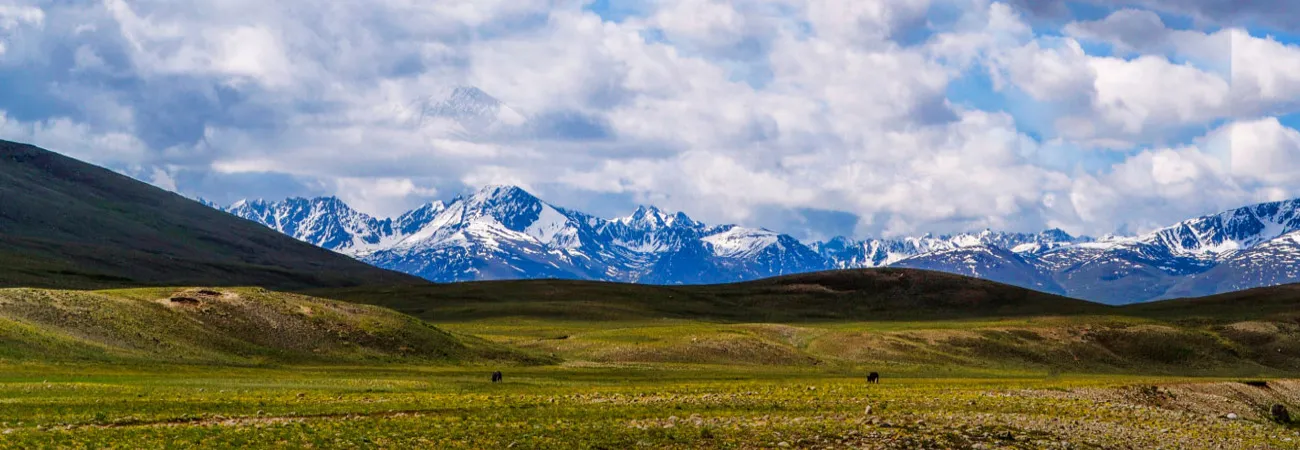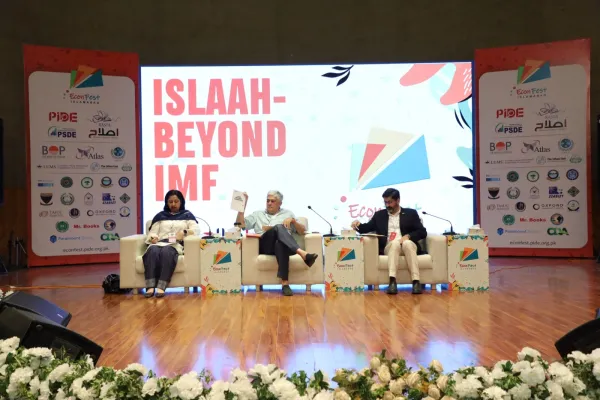i ECONOMY
The rapid melting of glaciers due to global warming is causing water scarcity and ecosystem destruction in Deosai National Park. “So, urgent measures are needed to be taken to enhance frozen water bodies and glaciating for ensuring a sustainable livelihood for locals and protecting the area’s ecology,” stressed Dr Zakir Hussain Zakir, director of planning and development and an expert in glacier grafting at the University of Baltistan, Skardu (UOBS). Talking to WealthPK, he said the Deosai plateau spanned 3,000 square kilometres in the western Himalayan range. “It stands at an altitude of 4, 114 meters. After the Chanting Tibetan Plateau, it is the second-highest plateau globally. It used to remain clad in snow for at least eight months a year, which is the main source of feeding Shantung Nala, Bara Pani and Kala Pani, which further join to form the River Shigar, a significant tributary of the River Indus. Administratively, it is divided among the three districts of Gilgit-Baltistan – Astore, Skardu and Kharmang,” he explained. He said that the usual temperature of Deosai (between -5 to -10 degrees Celsius) in mid-December had fallen to -3 to -5 degrees Celsius in 2023 because of the changing weather patterns.
He added that Deosai remained accessible by road from June to September as snowfall blocked roads from October onwards. However, from Oct 2023 to January 2024, the snowfall covered only 3/4th of the mountains, and no roadblock was evidenced, which is alarming, he maintained. Zakir Hussain said decreasing rainfall and snow had caused the depletion of water bodies in highlands, resulting in water scarcity in early spring and summer. He pointed out that snowfall in November and December was important as it energised the glaciers and helped maintain their ice mass balance. “After mid-January, softer, less sticky and quick-to-melt snow adds less ice mass to glaciers. It results in rapid glacier melting, avalanche triggering and catastrophic floods or droughts,” he added. He recalled that in 1993, the government had declared the region Deosai National Park, primarily to protect and conserve the endangered Himalayan brown bear unique to this part of the world. “Only on this plateau do they have a stable population and continue to survive. Their number was 19 in 1993, 40 in 2005 and 78 by 2022.
This park is heaven for bird watchers and hosts a variety of other wildlife – snow leopards, Himalayan marmot, Ladakh urial, Himalayan wolf, Kashmir musk deer, Himalayan ibex, vultures, snow cock, and about 124 different species of resident and migratory birds.” “Another feature of this park is a vibrant array of flowers, and valuable medicinal vegetation – gentian, forget-me-not, golden ragwort, pink sedum, geranium, Asian bellflower, thistles, scabious, monkshood, and a lot more. Famous tourist destinations here are Sheosar, Shantung Nala, Bara Pani, Kala Pani lakes, Deosai Top, and the valleys of Gultari, Kharmang and Astore.” Sharing a local myth about its name, the Baltistan varsity official said that in the past, Deosai was considered the ‘land of giants’ or ‘the shadow of the giant’. The word Deosai is derived from two words, ‘Deo’ and ‘Sai’, meaning giant and shadow, respectively.” Zakir Hussain said in the absence of snowfall, the existence of glaciers might be further threatened. “Urgent measures are needed to save them. If the current situation continues for a few more years, then only one-third of glaciers may remain in the coming eight to 10 years.
To avoid this scenario, temperature control is important by increasing the forest cover, replantation, and through awareness campaigns,” he stressed. He said to increase the glaciation the experts of UOBS had introduced three successful techniques – glacier grafting, ice towering, and avalanche harvesting. “They are getting popular among local communities. Glaciers are grafted at different places in GB. Ice towering is done at Qumrah Aliabad Nullah, Qumrah Hardu Nullah in Skardu; Tse Tse Thang in Kharmang; and Haldi in Ghanche. Avalanche trapping sites have been constructed in Golgol Nullah at Rondo Thawarpain. These sites can be visited in March, April; and May, June, respectively.” However, he said all these efforts were still too small to have an impact, and called for enhanced government coordination to help not only retain water bodies but also restore the ecological and tourist value of Deosai.
Credit: Independent News Pakistan (INP)









